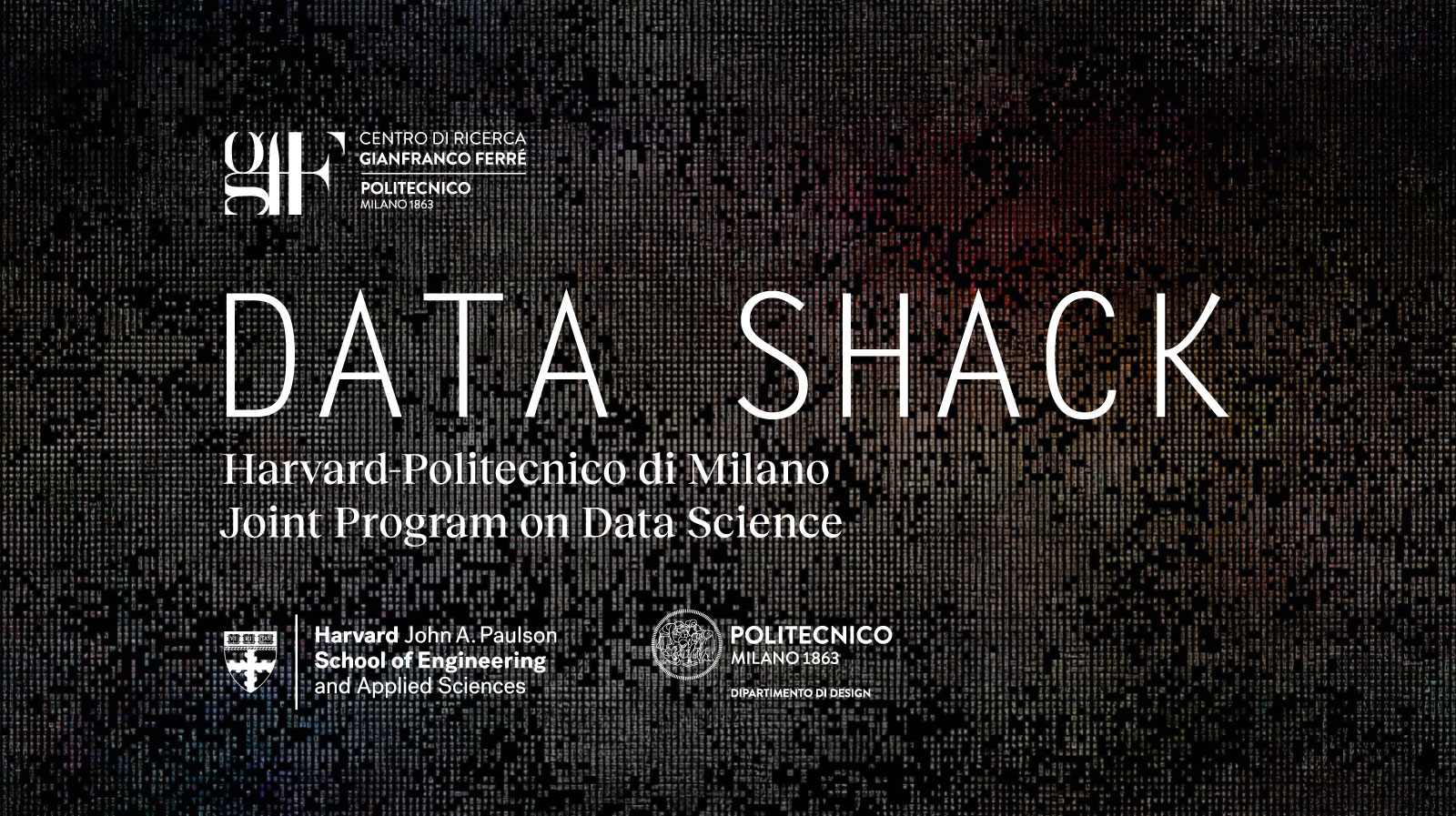This site uses analytics cookies to collect aggregate data and third-party cookies to improve the user experience.
Read the Complete Privacy Information.
I ACCEPT

DATA SHACK
Machine Learning for Fashion Cultural Heritage
projectdescription
Partner Information:
In December 2021, Politecnico di Milano established the Gianfranco Ferré Research Center, Digital Innovation for the Creative and Cultural Industries, following the Ferré family's donation of the Gianfranco Ferré Foundation's archives. Coordinated by the Fashion in Process Research Laboratory, the Center merges technical-scientific expertise and design culture with the fashion heritage of the Gianfranco Ferré Foundation. It focuses on digital innovation, exploring advanced techniques for visualizing and representing cultural artifacts. This interdisciplinary Research Centre, involving multiple departments, integrates design, fashion, ICT, and user interaction skills. Part of the Politecnico di Milano's Library and Historical Archives system, it aims to disseminate fashion culture, create immersive augmented archival environments, and develop new educational programs, thereby enriching Italy's creative and cultural industries.
Problem Motivation and Statement:
Computational methods have raised particular interest in establishing innovative approaches for exploring archives, particularly in the analysis and interpretation of vast amounts of cultural data. The Data Shack project assets have been based on the Gianfranco Ferré’s archival image database that counts about 120.000 digital records witnessing the designer’s activity in the form of digitised runway show images.
Effective management of these digital records and related archival metadata can play a crucial role in leveraging Machine Learning (ML) capabilities to enhance image classification and tagging activities. This process ultimately leads to the development of a Vector Database (VD) model, specifically tailored for integrating ML applications with cultural dataset ontologies and related knowledge bases. This integration fosters a Human-in-the-Loop process, emphasizing the central role of experts' knowledge and experience in optimizing and validating ML processes.
In this context, the knowledge belonging to Fashion Design and Fashion Cultural domains has been merged with Data Science and Computer Science knowledge, envisioning future application scenarios while focusing on a working prototype based on the data extracted from Ferré’s archive.
Further explorations will regard the impacts of this new archival configuration on user interactions and experiences in light of the potential integrations of VD with Generative AI platforms to allow the construction of dialogic interfaces for a more creative, interactive and vertical search within the database.
The project has been structured into seven phases:
1. An initial literacy stage on the archival material retrieved from Ferré’s archive in the form of texts, sketches, fashion show images and other digital documentation proving his design principles;
2. A semantic analysis and validation of the existent archival ontology and hierarchical structure of the thesaurus;
3. An operative phase dedicated to metadata semantic enrichment and tagging using ML.
4. A validation phase of the results and adjustment through the designer's point of view, making them consistent with the original archival input;
5. A configuration of an innovative VD especially designed on and for the Gianfranco Ferré’s archive;
6. A design and envisioning phase of future application scenarios regarding the fruition and interactive exchanges enabled by VD archival configuration.
7. A communication and dissemination phase to gather the programme results to impact wider audiences and reflect on the risks and opportunities associated with the integration of generative AI within the creative development phase.
Project Deliverables:
1. Design document specifying the objectives, strategies, tools, and prototypes envisioned;
2. Prototype implementation of metadata semantic enrichment and related VD;
3. Data analysis, evaluation, and possible visualization platform mockup.
Skills that students have exercised:
1. Requirements understanding;
2. Use and understanding of ML mechanisms for images recognition and generative AI for dialogic and visual generation;
3. Data science approach.

